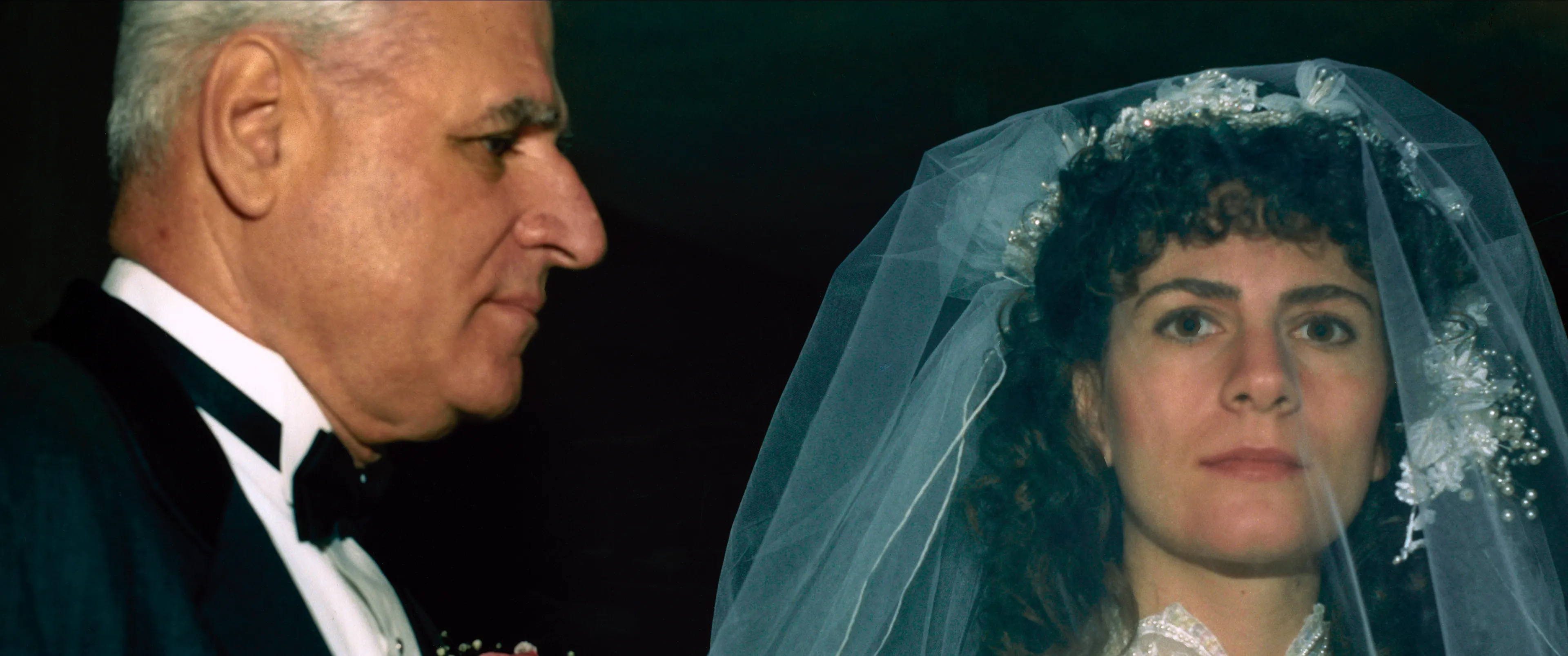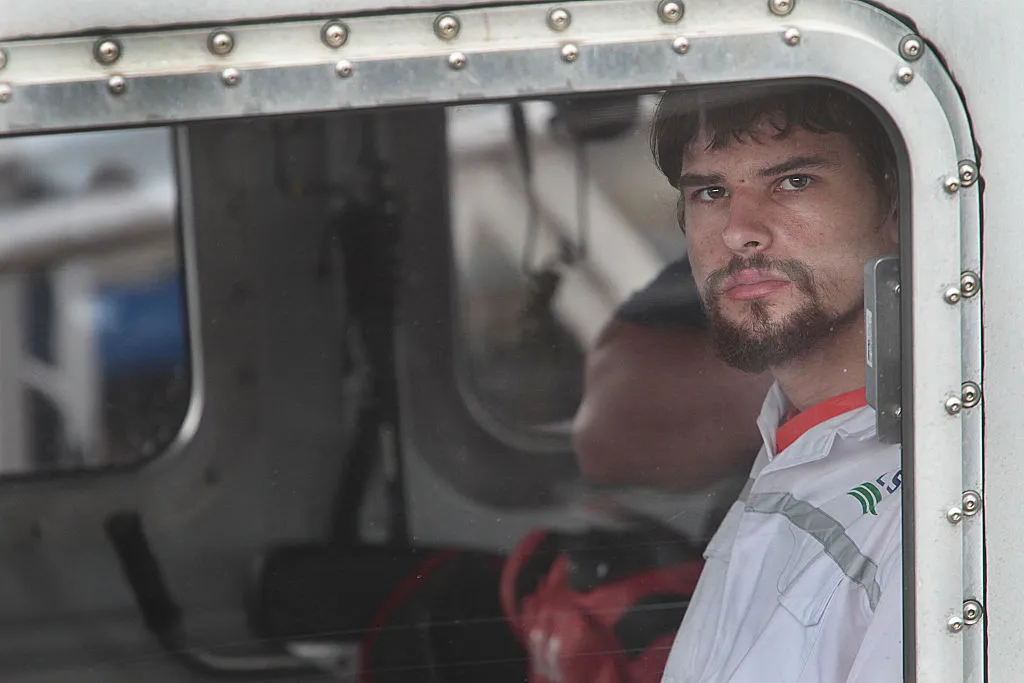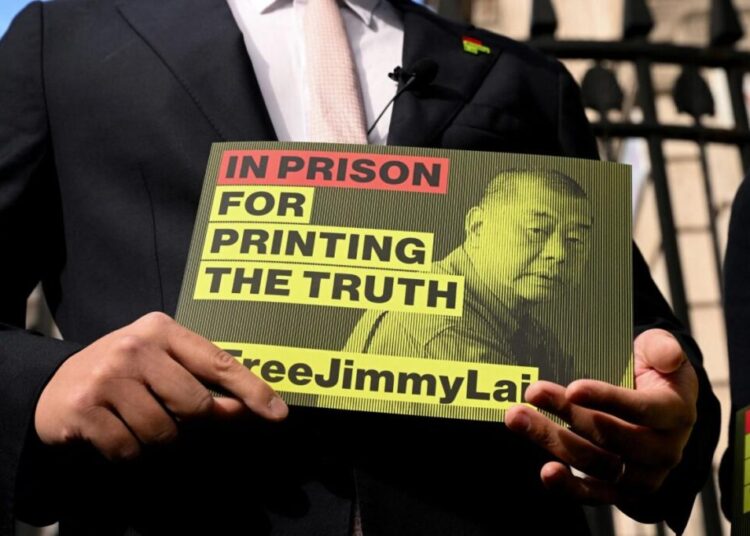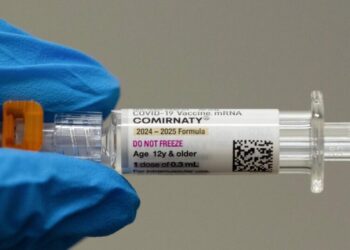Nathan Carman, a 22-year-old autistic man from a wealthy New England family, made headlines in 2016 when he was rescued after eight days floating adrift at sea. He had been on a fishing trip off the coast of Rhode Island with his mother Linda when they went missing. Linda was never found, leading police to investigate her disappearance.
[time-brightcove not-tgx=”true”]
In 2022, Nathan was charged with the murder of Linda, with police accusing him of killing his mother to inherit money from her estate. Nathan committed suicide in prison in 2023 before he could face trial. Even though police have closed the case, it lives on in the Netflix documentary The Carman Family Deaths, out Nov. 19.
Nathan was diagnosed with autism at a young age, and his father and lawyer maintain his innocence in the documentary, arguing that investigators were biased against him because of his autism. On the other hand, law enforcement officials and the FBI agent who worked on the case explain why they thought his his behavior was suspicious. Nathan’s voice appears in the documentary through police interviews and statements he made to the press.
Here’s how The Carman Family Deaths presents both sides of a complicated case.
The case for Nathan’s innocence
Investigators suspected Nathan was trying to inherit his mother’s estate based on his behavior surrounding the death of his wealthy grandfather, John Chakalos, who was fatally shot in 2013 in a murder that remains unsolved. A 2022 indictment alleges that the deaths of both Linda and her father “were part of a scheme to obtain money and property from the estate of John Chakalos and related family trusts.”
The documentary shows a video message that Linda had recorded for her son in which she tells him that she was not going to leave him her house. The message was recorded during a tense period in their relationship when Nathan wasn’t speaking to his mother. Law enforcement also zeroed in on a memo Nathan sent to his grandfather’s trusts and estates attorney prior to his 2013 death specifically asking for clarification on what he would inherit upon the deaths of both his grandfather and mother.
 autism specialist attorney featured in the documentary, says autistic people like Nathan are frequently misinterpreted because their “robotic” and overly detailed responses could sound “cold and calculating” to some in law enforcement. John Elder Robison, another autism defense expert, who describes himself as autistic in the documentary, says that Nathan’s planning nature was part of his autism, but that people who aren’t autistic “think we’re up to something.”
autism specialist attorney featured in the documentary, says autistic people like Nathan are frequently misinterpreted because their “robotic” and overly detailed responses could sound “cold and calculating” to some in law enforcement. John Elder Robison, another autism defense expert, who describes himself as autistic in the documentary, says that Nathan’s planning nature was part of his autism, but that people who aren’t autistic “think we’re up to something.”
Nathan’s father Clark Carman insists throughout the film that his son did not murder Linda. He says that Nathan was only a suspect because police could not accurately evaluate his demeanor because he was autistic.
“Because of his autism, because of his ability to be alone, Nathan, of any individual that I know, could have coped with being lost at sea,” he says in the film. “And I’m sure he used all his ingenuity in those eight days.”
Clark calls his wife’s death “a severe accident,” arguing, “I know if Nathan had the ability, he would have saved his mother.”
He says Nathan’s mood was subdued when he returned home, so much so that “you could tell… the inability to have saved her was riding on him immensely.”
The people who think Nathan killed his mother
Investigators say Nathan didn’t follow basic protocol when his boat was in trouble, like calling for assistance on his radio. “I didn’t think the boat was going to sink,” he claims, per audio of police questioning excerpted in the documentary.
Back on land, a South Kingstown, R.I., police officer found bait in his truck and points out in the documentary that it’s suspicious that he didn’t bring his bait on his boat for a supposed fishing trip.
When authorities asked Nathan why his mother wasn’t wearing a life vest on the boat when he noticed that there was two feet of water creeping into the boat, Nathan says he asked her to bring in the fishing lines, arguing. “I need to keep my mom occupied while I’m trying to fix the problem.”
Two weeks after his rescue Nathan filed a $85,000 insurance claim for his lost boat, but the company denied the claim, alleging it sank directly or indirectly due to his faulty repairs. The insurance company handed all the information from their investigation to the feds, escalating the case.
FBI agent Lisa Tutty also argues that Nathan was in remarkably good shape for being adrift at sea for a week, climbing the ladder to the rescue boat with ease when he should have been weaker and stumbling. Mike Sarraille, a retired Navy Seal and expert witness featured in the documentary, argues that adrenaline would have kicked in for Nathan.
The main theory presented in the film as to how Nathan murdered his mother argues that he killed her and disposed of her body far away from where the Coast Guard was searching. He may have stuck to the Connecticut coastline because he knew the Coast Guard wasn’t looking there and hid in his boat in nooks. Investigators theorize that after about a week, he made a beeline to the ocean, got into the life raft, and sunk the boat shortly before the freighter Orient Lucky came into view so he would be in a good position to be rescued quickly. Years later, when lawyers asked Nathan whether his mother disappeared, he responded, “Objection. Your question’s ambiguous.”
Tutty points out that the ocean makes for a challenging crime scene because evidence can be lost and destroyed instantly.
To this day, law enforcement believes Linda and the boat Chicken Pox are still at the bottom of the ocean.
The post The Tragic True Story Behind The Carman Family Deaths appeared first on TIME.




